 If you are a freelancer—whether a writer, editor, photographer, designer, consultant, or contractor—the book “The Wealthy Freelancer” by Steve Slaunwhite, Pete Savage, and Ed Gandia (Alpha Books, 2010) is a great resource. It shares 12 secrets to shorten the learning curve of starting your freelance business and dozens more tips and insights to grow your existing freelance career. The co-authors are also co-founders of International Freelancers Academy. Check out all of the free training courses for all types of freelancers at their site.
If you are a freelancer—whether a writer, editor, photographer, designer, consultant, or contractor—the book “The Wealthy Freelancer” by Steve Slaunwhite, Pete Savage, and Ed Gandia (Alpha Books, 2010) is a great resource. It shares 12 secrets to shorten the learning curve of starting your freelance business and dozens more tips and insights to grow your existing freelance career. The co-authors are also co-founders of International Freelancers Academy. Check out all of the free training courses for all types of freelancers at their site.
Much of my copy of this book is highlighted and has made a positive impact on my personal freelance business. If you have read my biography, “Christi Who?” you may know that seven years ago I resigned as editor of ParentLife Magazine to move to Florida and begin a freelance career as an editor and writer. But only in the last few years has my freelance taken off. The secrets, tips, and insights from this resource have been a big part of that growth and success. There are four tips that have personally been the best for me. Today, I’ll share two of those tips.
-
Itemize Your Services on Your Website (page 95)
When people discover I am a freelance writer and editor, they don’t quite understand what I do. They typically ask is: “What do you write? What does an editor do?” It’s not enough to say writer or designer; you will gain more clients by being specific about what services you provide. Potential clients don’t want to waste time by contacting you to see if you fit their needs. My website lists my services as: Magazine Writing, Curriculum Writing, Business Writing, Book Publishing, and Speaking. The authors of “The Wealthy Freelancer” would probably recommend being even more specific than that. I could break down the category of “Business Writing” to be: marketing campaigns, email copy, website copy, newsletters, correspondence, brochures, annual reports, proposals, and resumes. Your clients want to know as much about you as possible before taking the time to contact you. Answer all their questions by being specific about your services.
-
Create a Fee Schedule (page 96)
As noted above, potential clients want to know if it’s worth their time contacting you for a particular job. If they are on a low budget, and your services cost three times as much as they are willing to spend, then they’ll know whether or not to contact you. Personally, having a set fee has helped the awkwardness of talking about “price” with potential clients. Publishing your services and standard fees alleviates time wasted by negotiating with clients. It also sends a message: “I am a professional who provides services for a fee.”
I once experienced an awkward moment with a client who wanted a professional writer for only $10 an hour. I was able to refer to my list of services and fees. There is much written in the freelance world about fees being per project or per hour. For example, typical editing services begin at $30 per hour and writing for marketing campaigns can start at $75 per hour. However, when you have an established career, you are more able to charge per project because you have experience in knowing what a certain project will take to complete. Charging a fixed rate per project is more appealing to clients who want to know the total cost upfront. It’s difficult to charge clients an hourly price but not know how many hours a project will take.
Check in on Wednesday for the next two tips—don’t miss them!
If you are a freelancer, share your best tips to grow your business.


I always learn SO much from you, Christi! Thank you for sharing your knowledge with us. What a gift. I can’t wait to hear the other two tips!
[…] has given me to help me on my freelance journey. If you missed the first two, you can click here to go to that post. As promised, here are two more useful […]